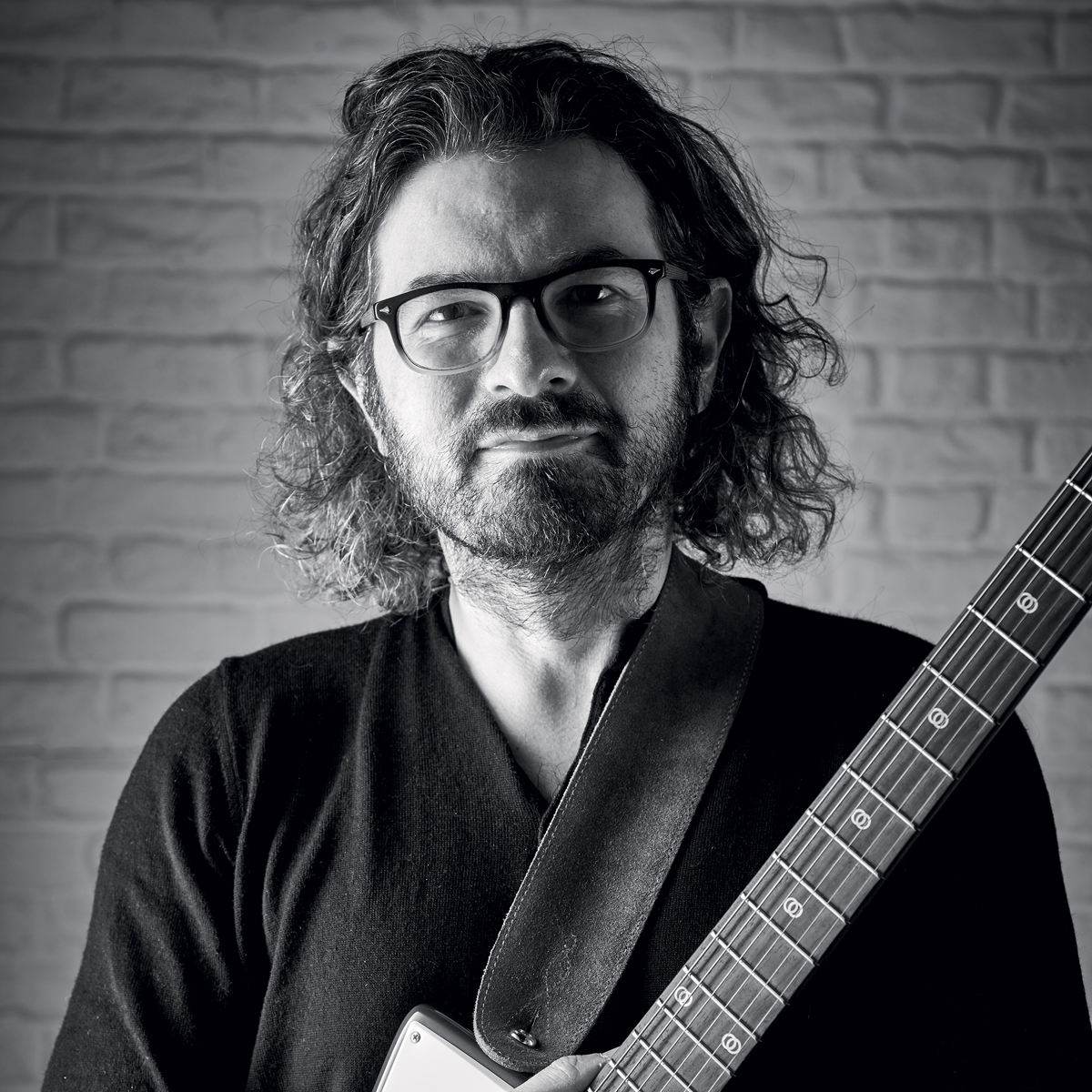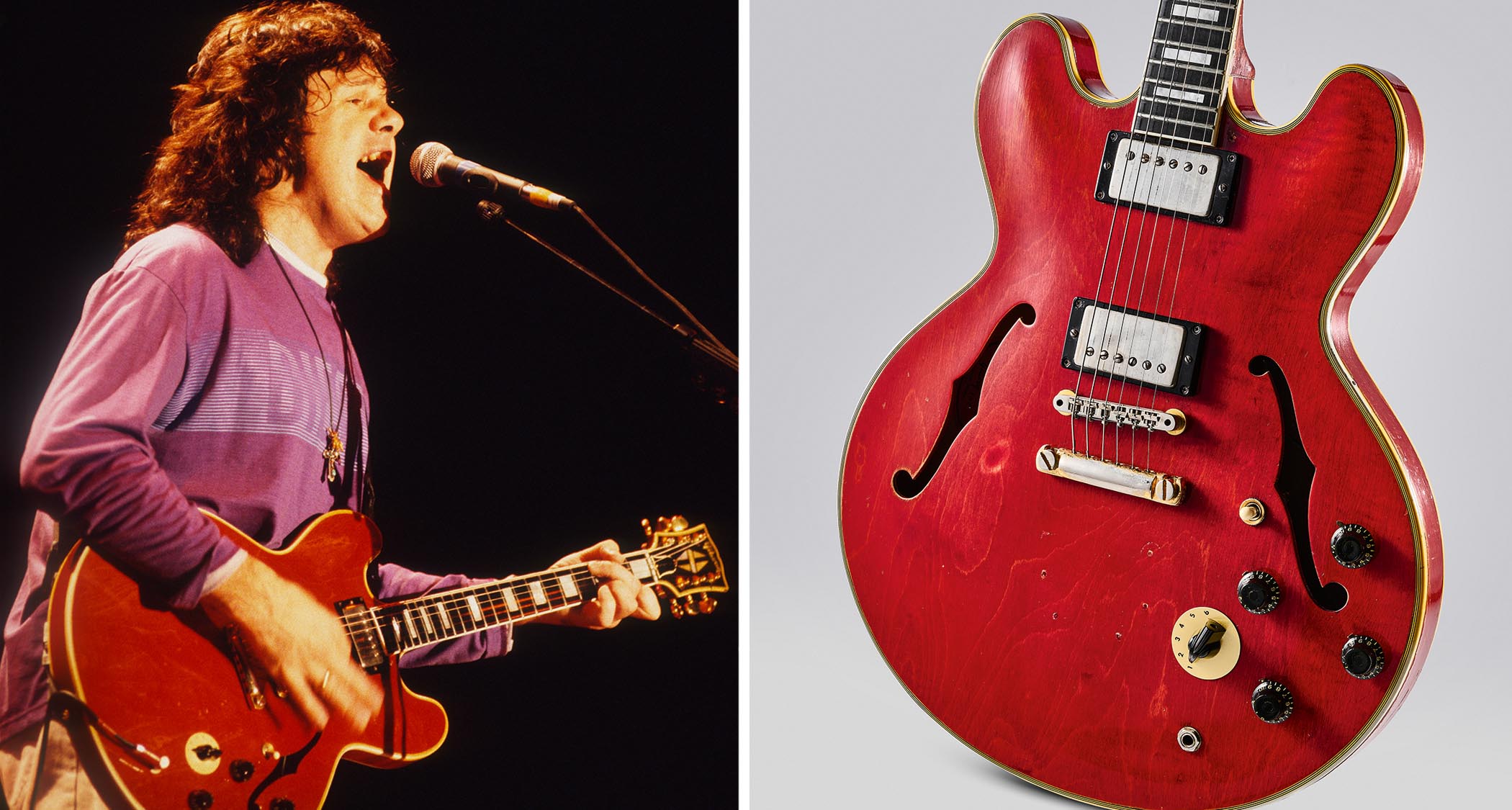“Tokai’s LS series are probably the best-built Les Paul-style guitars that have ever come through my shop”: How the Japanese guitar market came of age with ’80s Fender and Gibson clones – some that would rival the originals
You can’t tell the story of the Japanese guitar industry without the story of the clones – Keith Anderson of Japanese specialist Gas Station Guitars explains the history of the high-quality knock-offs that made its reputation
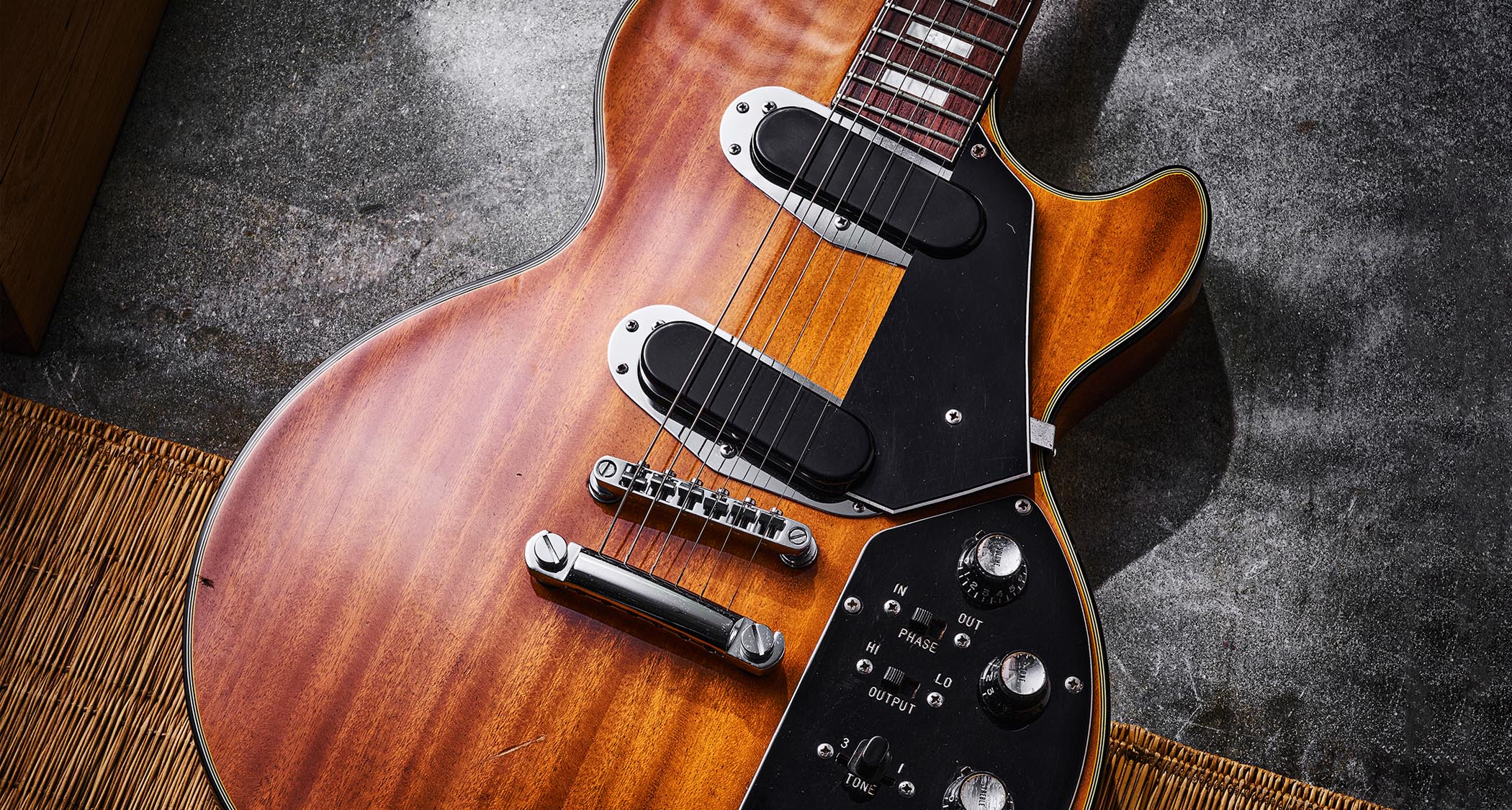
The 60s might have given birth to the Japanese guitar industry, but things got really interesting in the 80s when ever-more accurate and high-quality copies of classic US electric guitars emerged and even received official sanction from some US guitar brands. Keith Anderson of Japanese specialist Gas Station Guitars picks up the story
The 1960s and 70s were formative years for the Japanese guitar industry, but they really hit their stride in the 80s with official Fender reissues, accurate clones of Les Pauls and the like. What models stand out, for you, from this period, Keith?
“The late 70s through to the early 80s is when Japanese brands like Tokai and Greco really got their act together with the Les Paul clones. Tokai, from around ’78 to about ’85, were doing the LS Series, which was originally called the Reborn series – a range of Les Paul copies – though after a while they changed the name to Love Rock.
“But the original LS series, from the LS-50 all the way to the LS-120, are amazing guitars. The LS-50 that was built from the late 70s to the early 80s was the entry-level model, basically a three-piece-top Les Paul clone. I get them every now and then. They put to death any theories that Les Pauls shouldn’t have a three-piece top because they’re amazing guitars. And that was only their entry-level model, you know? They still stand up today.”
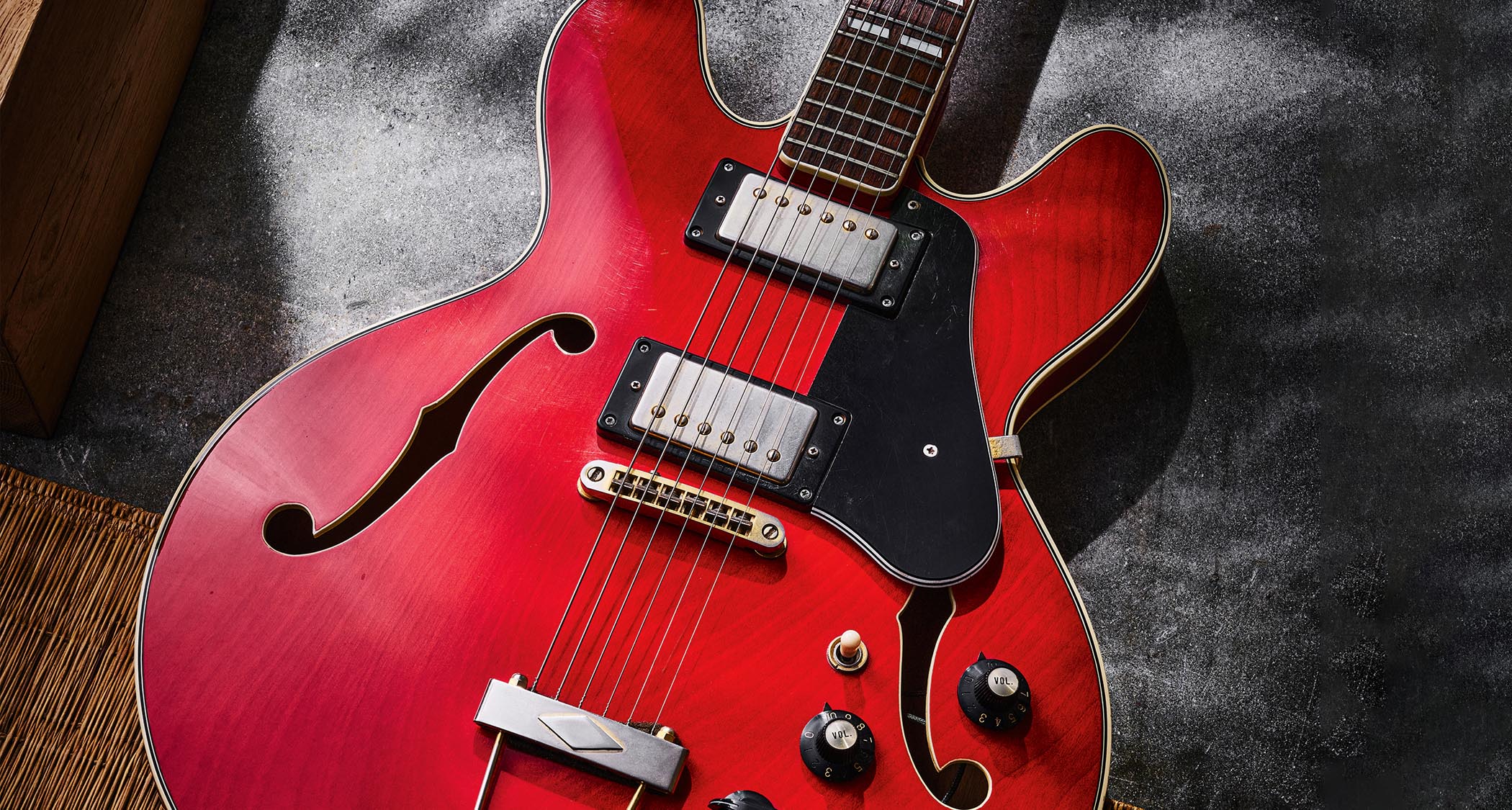
“Then Tokai went to the LS-60, which was a step above and had a two-piece top. Again, a really good guitar. And then there was the LS-80 and they went to a two-piece top with a nitro finish for that. After that they had the really high-end stuff: an LS-120 that was nitro finished and made around 1983/’84.
“For some reason, the Japanese would put veneer tops on the higher-end models, like the [Greco] EGF-1200, just so they could get a really good-looking maple flame. So they kind of deviated a bit from the standard build by putting this veneer over the top – which was kind of weird because those were their highest-quality models, although, to me, they still sound great. However, there are some solid-top EGF-1200 Grecos and they’re really, really collectible. But most of them you’ll find will have the veneer top on because they could choose a better flame for that.
“Another thing that probably sets the Greco apart a little bit from the Tokai is the pickups they were using. So the EGF-1200 came as stock with Dry Z pickups from Maxon, which are fantastic pickups. I think a lot of people look out now for EGF-1200s purely for the pickups, which command a really high price on their own.”
All the latest guitar news, interviews, lessons, reviews, deals and more, direct to your inbox!

Of the better quality clones did one brand – Tokai or Greco, for example – stand out as better than the others for quality?
“No, I don’t think so, although personally I prefer the Tokais. In that period between ’78 to about ’85, the LS series were absolutely amazing guitars. Regardless of the electronics, they’re probably the best-built Les Paul-style guitars that have ever come through my shop. If they ever come up for sale [in Japan], I buy them and I’ve got quite a few in my own collection.
“For build quality, they were the best there was at the time. It should be said that the pickups on the entry-level models, like the LS-50, weren’t great. But if you swap them out for something better you’ve got a fantastic Les Paul-style guitar that you never want to let go.”
How about on the Fender side of things – how did the copyists come to make official Fender Japan guitars?
“Japan was doing a lot of Fender copies throughout the 70s, to varying degrees of quality – they were a bit hit and miss. But it was Tokai that Fender noticed. Basically, Fender said, ‘Hang on a minute: these are really good.’
“I believe Fender were originally thinking they had to have a presence in Japan because the clones were getting so good. And I think it was their intention to use Tokai to start making Fender guitars. But in the end, it went to Fujigen, who basically started building the first Fenders for them.
“At the time, in the late 70s, I think the costs of building guitars in Japan was significantly less than it was in the US. So it was the two reasons, really: to get the cost down, and also to actually have a presence in Asia where – kind of like China is today – they were just cloning everything with varying degrees of success. But Fender identified Tokai as the best.
“At that point, they were building the ‘Springy Sound’ Strat clone and Fender must have felt, ‘They are as good, if not better, than we are at doing this. So let’s go to Japan to start building Fenders [under licence]’. I don’t know why, but in the end they did end up going to Fujigen [rather than Tokai] and they built Fenders up until that ended in 1997. Tokai took over production briefly – literally just for a few months – until Dyna Gakki could handle the full level of production that Fujigen had been producing.”
Were the vintage-style Fender guitars they made pretty faithful to the originals?
“I don’t think Japan ever really set out to make exact replicas of classic American models. But they would give them a name that would hint at that – so the model name ST 62 would be basically saying that this is a version of a 1962 Strat, and there’d also be an ST 65 and an ST 72, for example.
“But Fender Japan never really had a custom shop together in the same sense that the US did. So I don’t think it was ever really about creating the exact replicas of the classic guitars, just having a version that evoked a certain era and that they believed would be more appealing to Japanese people.”
“For example, the range of finishes was miles better than the US and I think it still is, to be honest – which really appeals to the culture. They also used a lot of different tone woods for the Japanese guitars.
“So the earlier models would start off with basswood and then go to alder and ash for the Telecasters. A lot of the Japanese guitar necks vary a lot from the American necks – and I find they tend to be on the slimmer side, especially on the offsets.”
Did Fender Japan make the full range of classic models right from the start?
They didn’t start churning out Jaguars, Jazzmasters or Mustangs until then, and grunge and Nirvana had something to do with that
“No, in the early days it was mainly Strats and Telecasters. The offsets didn’t really get into production till the early 90s, I would say. They didn’t start churning out Jaguars, Jazzmasters or Mustangs until then, and grunge and Nirvana had something to do with that. But they were building the odd Jazzmaster and Jaguar in the 80s.
“We’ve had a few through and they’re a little bit different from the ones they put into mass production in the 90s. For example, they were made from sen ash, whereas later all the main production offsets – Jaguars and Jazzmasters – were alder-bodied. But the earlier ones had sen ash bodies, and they had things like Fender-stamp neckplates, which they removed from the main production models of the offsets.
“Outside of that, it was mainly Strats and Teles in the 80s. There were lots of PL 52s as they call them, which was basically their version of a 52 Telecaster. They also did a few 52s with a humbucker, a kind of unofficial version of Keith Richards’ Micawber.”
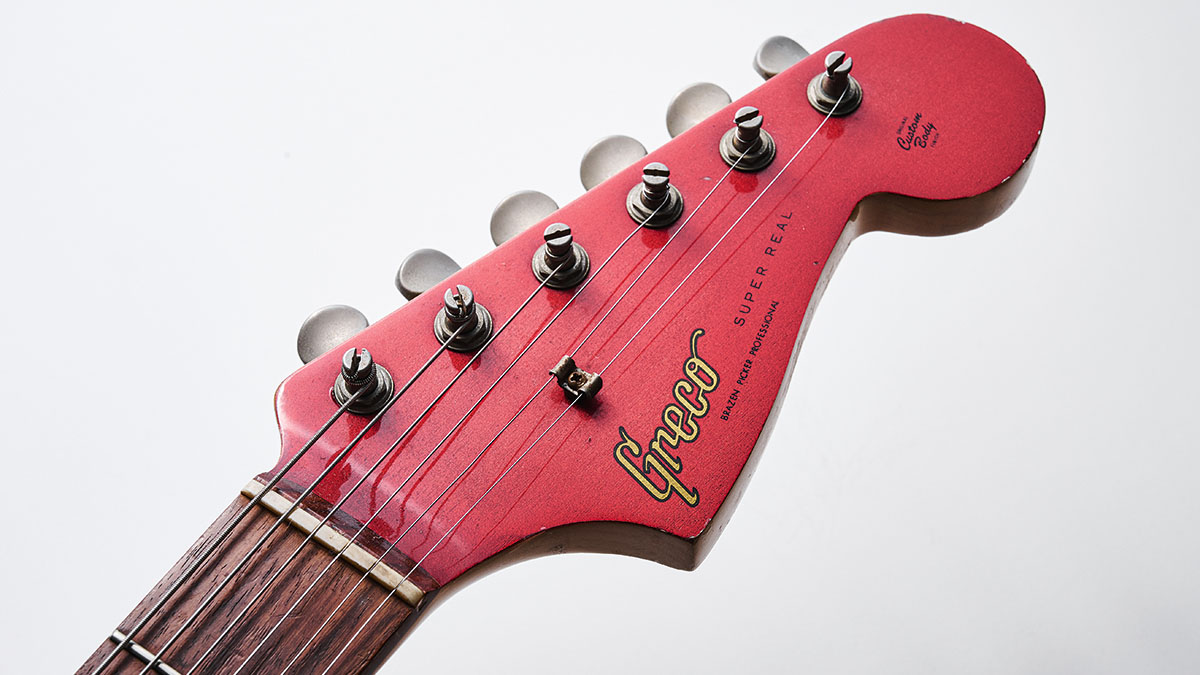
“At the time, Fujigen had a stock of what they called white ash – and the guitars they made out of it were good, but they’re absolute boat anchors. So these old Micawber Telecasters will give you back injuries if you play them over the long term! They’re like 4.5 or 4.6kg – way heavier than a Les Paul. They got a bit lighter in the 90s, though.
“They also made a few cool things that they didn’t really do subsequently. In the 80s, they made a really nice Esquire Custom, an amazing guitar. They’re really, really good quality. Although my favourite period of all, for outright quality, is the CIJ Q-serial period between 2002 and 2004, built at Dyna Gakki.
“In conclusion, Fender Japan had a mixed reputation back in the 80s and 90s. I got into them because they were cheap and I was quite heavy-handed on stage and did wreck a few. However, since main production has now mostly moved to Mexico, people are beginning to understand that Fender Japan guitars were on the whole beautifully crafted guitars with excellent quality control. Which has led to them being more sought after today.”
- With thanks to Gas Station Guitars.
- This article first appeared in Guitarist. Subscribe and save.
Jamie Dickson is Editor-in-Chief of Guitarist magazine, Britain's best-selling and longest-running monthly for guitar players. He started his career at the Daily Telegraph in London, where his first assignment was interviewing blue-eyed soul legend Robert Palmer, going on to become a full-time author on music, writing for benchmark references such as 1001 Albums You Must Hear Before You Die and Dorling Kindersley's How To Play Guitar Step By Step. He joined Guitarist in 2011 and since then it has been his privilege to interview everyone from B.B. King to St. Vincent for Guitarist's readers, while sharing insights into scores of historic guitars, from Rory Gallagher's '61 Strat to the first Martin D-28 ever made.
You must confirm your public display name before commenting
Please logout and then login again, you will then be prompted to enter your display name.

